Market Size and Trends
This is a bar chart on the global electric bicycle (E-bike) market size from 2017 to 2029, segmented by propulsion type, in millions of US dollars, sourced from Mordor Intelligence.
Market Size Trends
The chart clearly illustrates a consistent upward trend in the global E-bike market size over the years. Starting from a relatively small scale in 2017, the market has continued to expand. By 2023, the market size reached 31.93 billion USD (labeled as 31.93 B, where B represents billion), and it is projected to grow further to 51.78 billion USD (51.78 B) by 2029, indicating strong growth potential in this market.
Composition by Propulsion Type
- Pedal Assisted:
This type dominates the market in all years and serves as the primary driver of market size growth. It relies on the rider’s pedaling to trigger motor assistance, aligning with traditional cycling habits by combining human power with electric assistance, making it widely applicable. - Throttle Assisted:
With a relatively smaller market share compared to Pedal Assisted, this type uses a throttle to control motor assistance output, eliminating the need for continuous pedaling. It offers a more effortless riding experience, suitable for short-distance trips or scenarios where riders want to avoid excessive physical exertion. - Speed Pedelec:
The smallest segment in the market, Speed Pedelec typically has a higher speed limit for assistance, catering to riding scenarios that require moderate speed, such as fast urban commuting. However, its market share remains limited due to speed regulations and legal restrictions.
This chart visually presents the development trends and structural characteristics of the global E-bike market from 2017 to 2029, covering both market size and propulsion type composition.
Driving Factors of Industry Growth
1.Technological Advancement
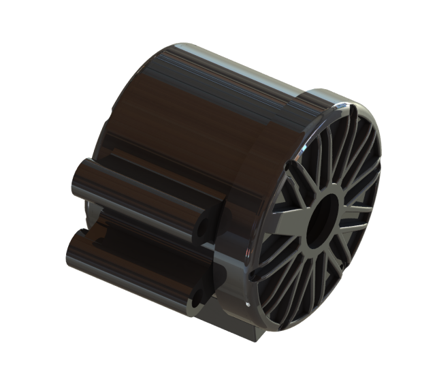
- Core Component Upgrades:
Key Ebike motor components see tech advancements: brushed motors evolve to brushless, eliminating brush wear and boosting power/range. Harmonic gearboxes with 3-in-1 axial integration halve size/weight vs. planetary gearboxes, delivering higher torque for better efficiency. - Smart Tech Integration:
Intelligent controllers auto-adjust motor power (torque up for hills, energy save on flats); torque sensors enable precise assist control for smoother rides. High-end models feature GPS+APP anti-theft systems for security. - Battery Tech Breakthrough:
Lead-acid batteries (heavy, low-cap, short-life) are replaced by lithium-ion batteries (high density, lightweight, fast-charging, long-life), enhancing range and charging speed. Upgraded BMS monitors parameters to prevent overcharge/discharge/overheat, improving safety.
2.Environmental Drivers
Driven by Environmental Protection Concepts
- Zero-Emission Advantages Meet Demand:
With global focus on climate change and widespread adoption of environmental protection concepts, consumers are increasingly willing to reduce carbon emissions and pollution. As a zero-emission vehicle, Ebike produces no tailpipe emissions during operation, effectively cutting urban transportation carbon footprints. This aligns with the demand for green mobility, winning favor from environmental advocates and eco-conscious users. - Contributing to Air Quality Improvement:
Vehicle exhaust is a major source of urban air pollution. Widespread Ebike use reduces reliance on gasoline-powered vehicles, helping lower harmful gases like carbon monoxide and nitrogen oxides in the air. This drives governments and public organizations to support the Ebike industry’s growth.
Energy Crisis and Transition
- Energy Transition Needs:
Driven by global energy crises—spurred by international factors like rising natural gas and crude oil prices—Ebike, as an electric-driven vehicle, offers lower energy costs and diverse power sources compared to gasoline cars/motorcycles. It has become a key component of the “shift from fossil fuels to electricity” trend in mobility, meeting demands for low-cost, sustainable transportation. - Alleviating Energy Strain:
Wider Ebike adoption reduces reliance on traditional fossil fuels, easing energy supply pressures and improving efficiency. This drives sectoral growth from an energy structural perspective.


3.Government Subsidies
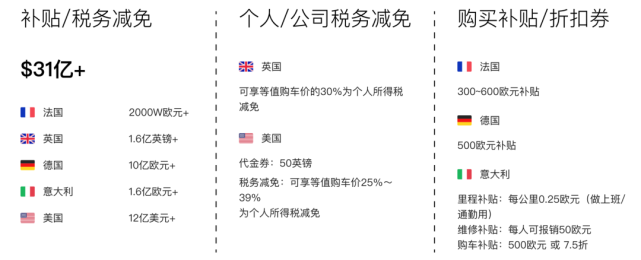
Policy Regulation & Guidance:
Governments establish policies and standards (e.g., technical/safety norms) to regulate the Ebike industry, ensuring product quality and consumer rights. This creates a favorable environment for healthy, orderly growth.
- Subsidies Boost Consumption:
To reduce carbon emissions, countries like the US and those in Europe have introduced Ebike subsidy policies to stimulate demand. For example:- The US offers discounts or tax incentives, with subsidies totaling billions of dollars;
- Canada provides a $750 cash rebate for Ebikes priced over $1,000;
- France grants up to €4,000 for Ebike replacements.
These subsidies lower consumer costs and enhance Ebike competitiveness.
European Market E-Bike Sales Data
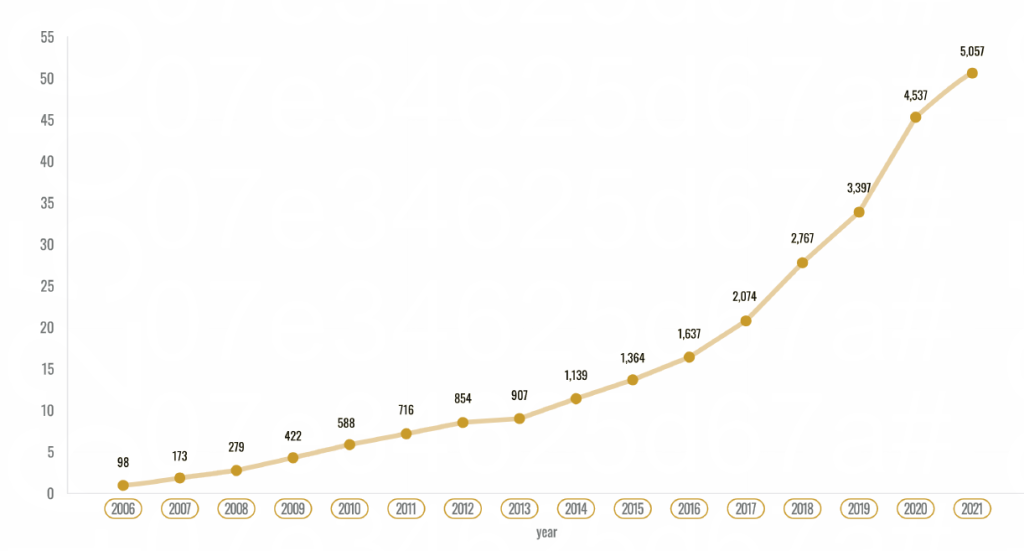
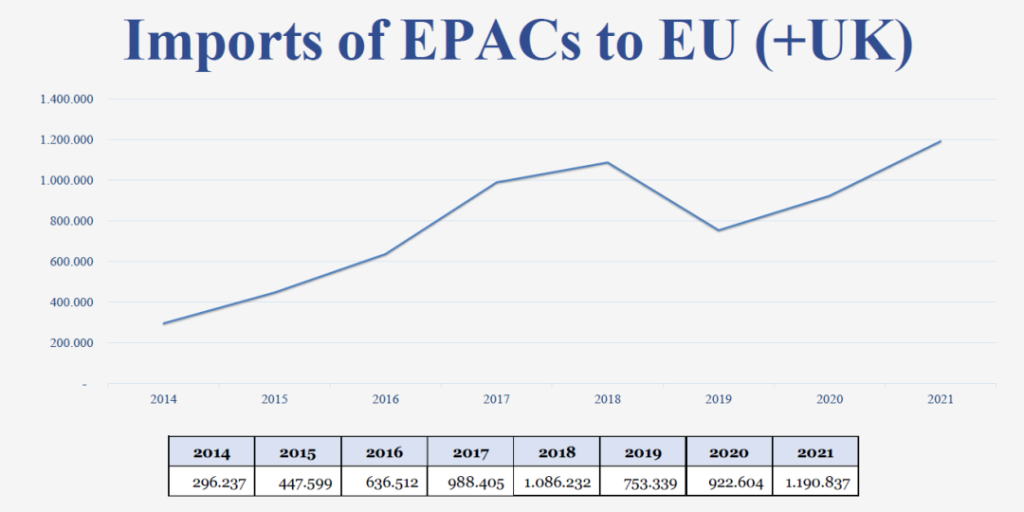

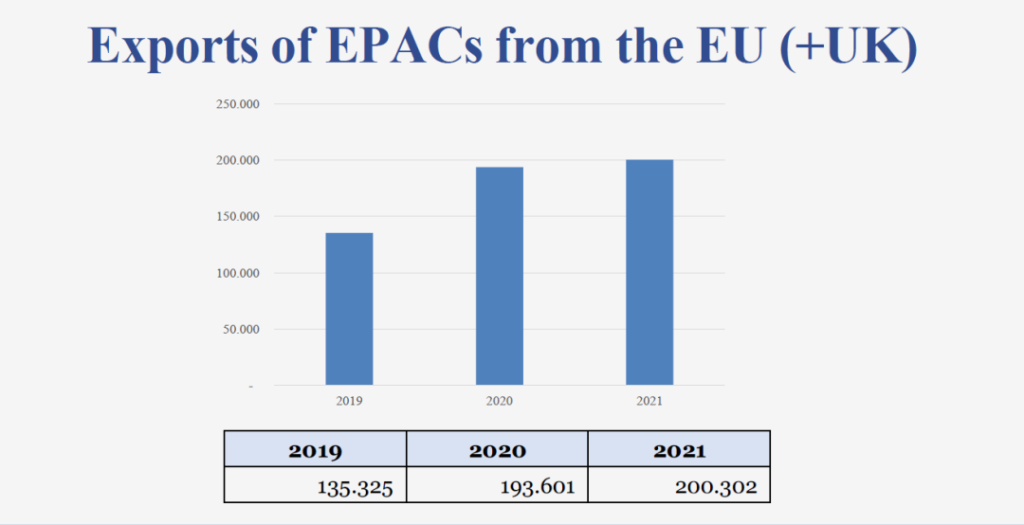
1. Sales Scale and Growth Trends
Overall Growth
Market Size Projections
2. Import and Export Status
Imports
Exports
3. Market Landscape
National Variations
- Germany is Europe’s largest E-bike market, with sales reaching 2.1 million units in 2023.
- The Netherlands, known for its cycling culture, saw nearly 500,000 units sold in 2022.
- Belgium saw its electric bike market share exceed 50% for the first time in 2024, surpassing mechanical bicycles.

